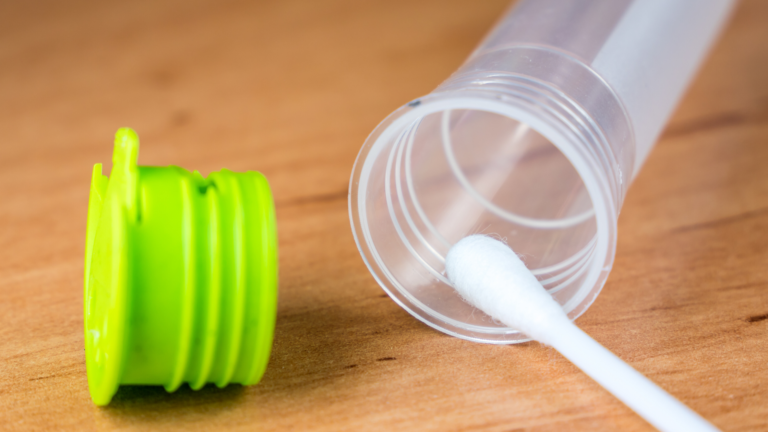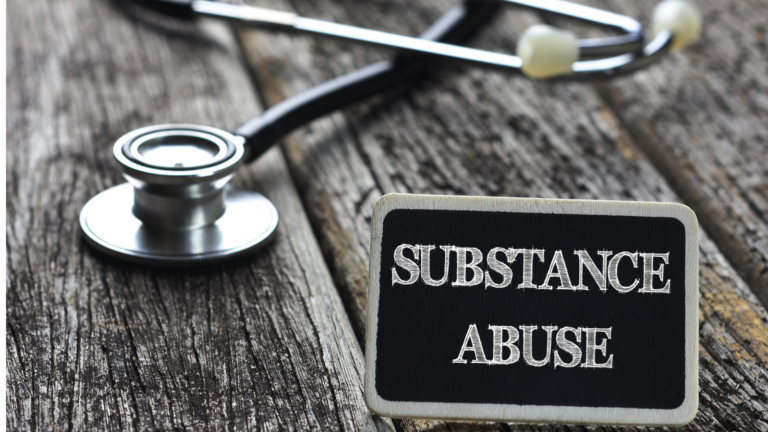3 Qualities of the Best Hand Sanitizer for Kids

Not all hand sanitizers are created equal. If 2020 taught us nothing else, it taught us that. It seems like the hand sanitizers you can find at the store now are all watered down, and let’s be honest, they smell like the low-shelf flavored alcohol we drank in college. What scent makes you think, is this really something I should be giving to my child? Is this safe? It’s a good question, especially since kids touch their faces more than 20 times an hour (more if they’re younger). So what is the best hand sanitizer for kids? We’re going over that, ingredients to look (and look out) for, plus some tips on teaching kids to apply it effectively, below.
Is Hand Sanitizer Safe for Kids?
Hand sanitizer is a necessity in 2020. We can no longer get by without it in our post-COVID world. And that includes our kids.
But the increase in hand sanitizer use has parents questioning just how safe it is for kids to use it. After all, kids put their hands on/in their nose and mouth all the time. That can’t be safe, right?
Right. The Canadian Government put out a press release on September 4th that caregivers need to supervise children when allowing them to use hand sanitizers.
They especially warn about products that are packaged in a way that are appealing to children, like squeeze bottles and packages that may look like baby-food pouches to little eyes.
The press release warns that ingesting even small amounts of hand sanitizer could be fatal. If you suspect or have proof that your child ingested hand sanitizer, call poison control (800-222-1222) or 911.
Older Children and Hand Sanitizer Safety
Even if you’re not worried about your child trying to ingest hand sanitizer, you still need to teach them how to use it. Don’t just teach them what not to do (like not to touch your face until after it dries), but teach them best practices as well.
A great learning experience for older kiddos (think those that understand how to wash their hands in a sink) is to mix some tempura, washable, skin-safe, paint into a small dollop of hand sanitizer.
Have them close their eyes and put the mixture on their hands, and tell them to rub it in like any other hand sanitizer. The paint will go on the parts of their hands the sanitizer touched, leaving their skin showing unclean parts.
Then, ask them to open their eyes. Show them where they missed rubbing it in and work on hitting those spots together moving forward when you apply soap or hand sanitizer.
If your child goes to some sort of school, don’t be surprised if their hand-washing game is better than yours. Teachers have been excelling at teaching that this year!
What to Look for In Hand Sanitizer
For it to be effective, hand sanitizer needs to be at least 60% alcohol. That’s the most important thing to look for.
If you don’t see percentages on the package, then look at the ingredients list. Companies have to list ingredients in the order of proportion (ps, this tip works for nutrition labels, too!).
You also want there to be some sort of moisturizer in there, like aloe. Many companies use aloe as their softener because it doesn’t leave a film on your hands after they dry like oils or heavier ingredients.
Be Careful with Essential Oils
Essential oils are trendy these days, but their safety highly depends on proper dilution. Additionally, the bulk of the data we have on essential oils comes from using them in aromatherapy, not from applying them directly to the skin.
Your child’s skin is much more sensitive than yours, and their pores are larger, so more toxins from unsafe oils can enter.
Look Out for Methanol
There are different types of alcohol companies can use for hand sanitizer. The two safest ones are isopropanol (i.e., what you have under your sink) and ethanol (ethyl alcohol).
If you see methanol on the list of ingredients, do not touch that brand or product. If you want to be extra safe, you can check the FDA’s list of products contaminated with this “bad” type of alcohol on their site.
The Three Qualities of The Best Hand Sanitizer for Kids
Now that you have the down-low on hand sanitizer, here are the three things to ask yourself when buying a new bottle.
1. Does it Use a Safe Version of Alcohol?
Remember, methanol is harmful; ethanol and isopropanol are okay. You can equate methanol to meth in your brain to help you remember what you don’t want.
2. Sixty Percent Gets the Sale
Your hand sanitizer needs to be at least 60% of the right kinds of alcohol listed above. Any less, and it’s not going to kill enough germs to warrant not using soap and water.
While more alcohol is more effective, there’s a delicate balance here. Higher concentrated formulas will dry out your child’s hand and sting even more if you get them in a cut or scrape.
There’s nothing like an unseen papercut to scare kids away from hand sanitizer!
3. No (or Low) Essential Oils
A lot of hand sanitizer for kids is made in orange or lemon scents, as those extracts are safe and readily available as scents. Extracts are okay, but oils are iffier.
It’s up to you as a parent if you want to allow your kids hand sanitizer to contain essential oils, but if you do, make sure they’re towards the end of the ingredients list.
Moving Forward
Just like washing your hands, hand sanitizer needs to be rubbed in for 20 seconds. Once you’ve chosen the best hand sanitizer for kids, choose a song chorus you can sing during proper application.
Hopefully we won’t have to worry about this that much longer, but as the saying goes – the more you know!
For more parenting tips and advice, subscribe to our mailing list.









